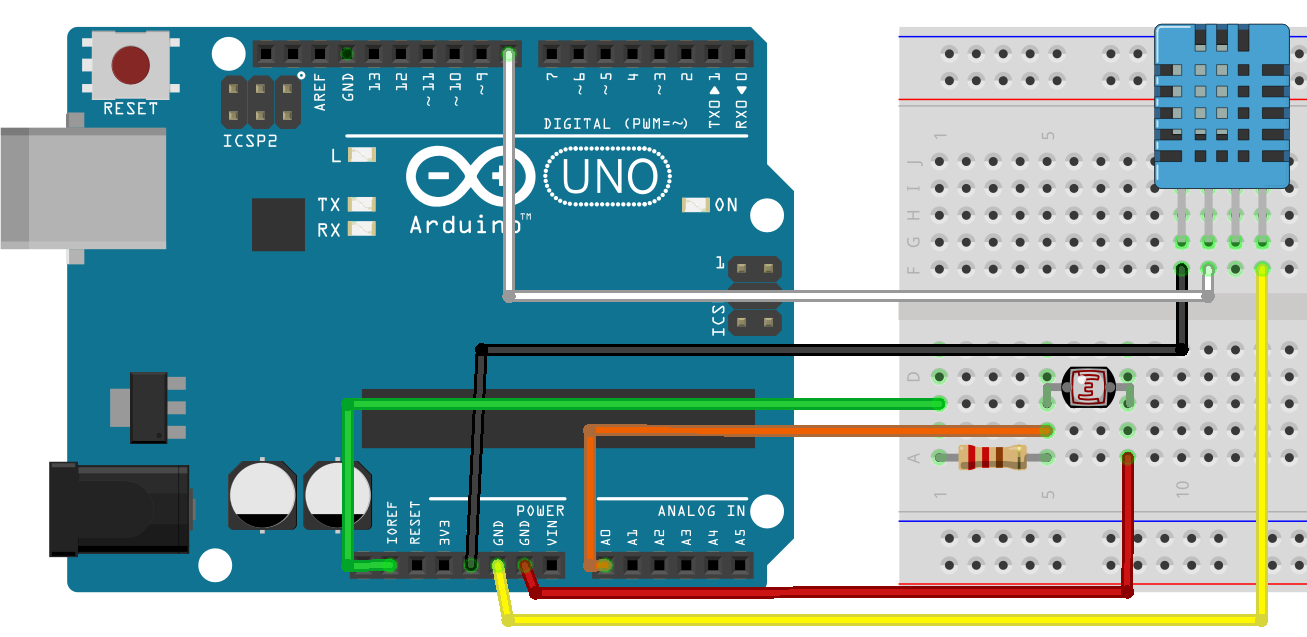It will demonstrate the wide range that is openend by making use
of the power embedded in Node.js and its adapter to Caché, Ensemble, Health,..*
Node / JavaScript have wide reputation to work as a WebSocket client.
By using the Caché adapter it becomes easy to control it and to consume the results as a
Client for WebSocket Servers and to collect the replies in Caché, Ensemble, ..
I used node-v6.16.0-x64.msi and cache610.node as cache.node
You provide a Global for input:



.png)
